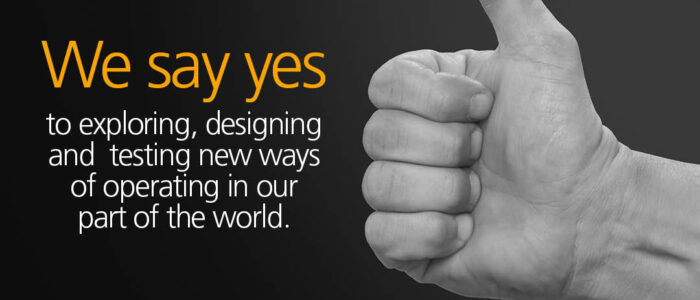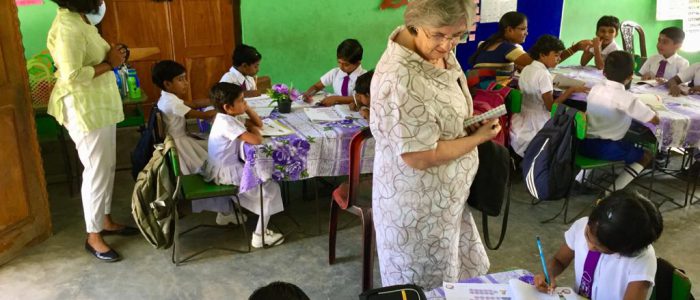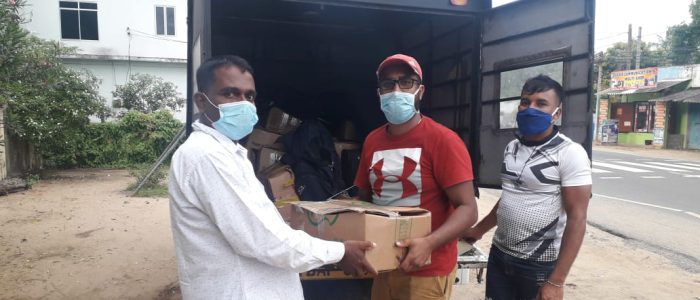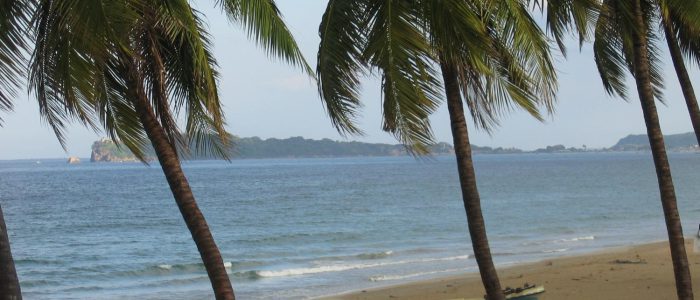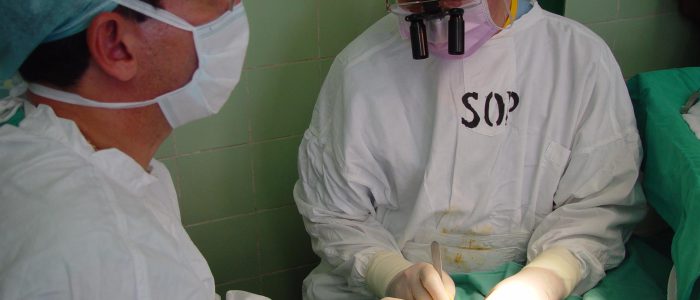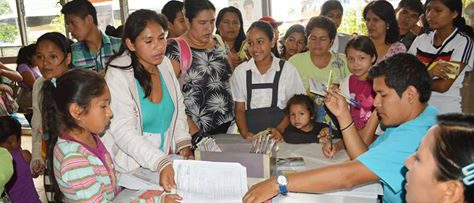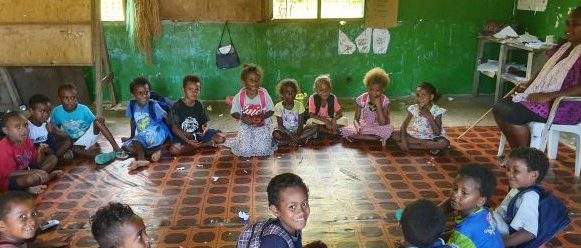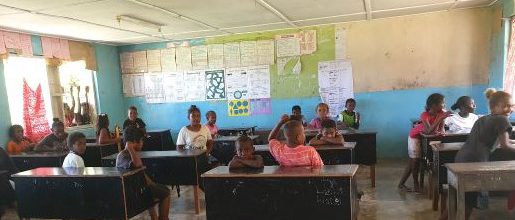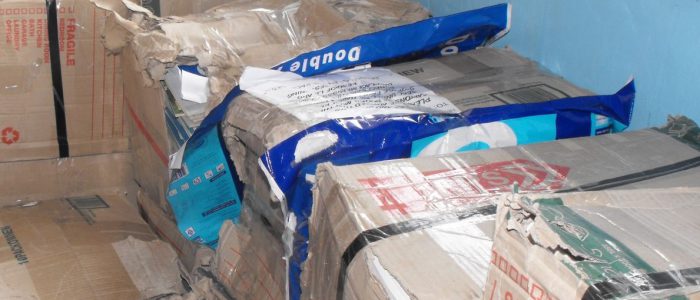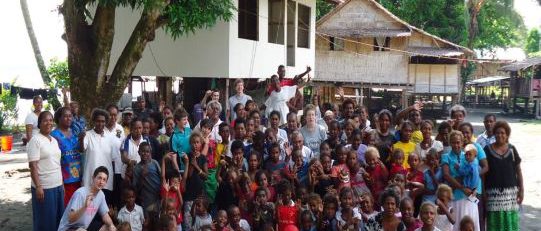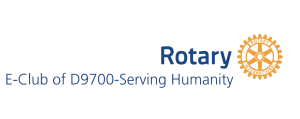Hi All,
We had a great social meeting last Wednesday with four members attending.
The next meeting will be held on:
Tuesday 3rd October, 7.00pm – Eastern Summer Time – 6.00pm Queensland time.
Our guest speaker will be Evan Burrell who is a Rotarian from the Rotary Club of Turramurra, D9685 who began his Rotary life as a Rotaractor. Evan is an amazing fellow who is passionate about Rotary and puts an amazing amount of effort into Public Image. I am sure you will find his enthusiasm contagious. Please join us and it would be nice if you could invite a guest. It is a great opportunity for them to understand Rotary and hear Evan speak of the value of Rotary and the humanitarian work that Rotary does.
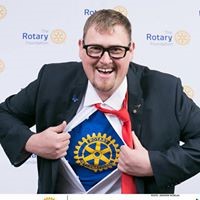
Please note the different day, which was changed to suit Evan.
If you have a friend who wants to attend please let me know and I will ensure that they receive the email with the link to the meeting.
If you have a friend who wants to attend please let me know and I will ensure that they receive the email with the link to the meeting.
5 things you might not know about ending polio
The road to eradicating polio has been a long and difficult one, with Rotary leading the fight since 1985. Going from nearly 350,000 cases in 1988 to just 10 so far this year has required time, money, dedication, and innovation from thousands of people who are working to end the disease.
Here are five things you may not know about the fight to end polio:
1. Ice cream factories in Syria are helping by freezing the ice packs that health workers use to keep the polio vaccine cold during immunization campaigns.
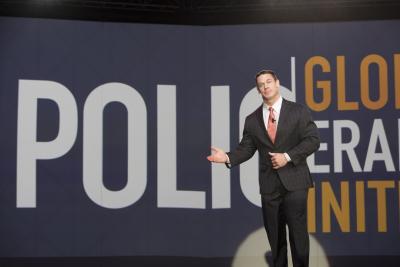
2. Celebrities have become ambassadors in our fight to end the disease.
They include WWE wrestling superstar John Cena, actress Kristen Bell, action-movie star Jackie Chan, golf legend Jack Nicklaus, Grammy Award-winning singers Angelique Kidjo and Ziggy Marley, Nobel Peace Prize laureate Desmond Tutu, anthropologist Dr. Jane Goodall, co-founder of the Bill & Melinda Gates Foundation Bill Gates, and world-renowned violinist and polio survivor Itzhak Perlman.
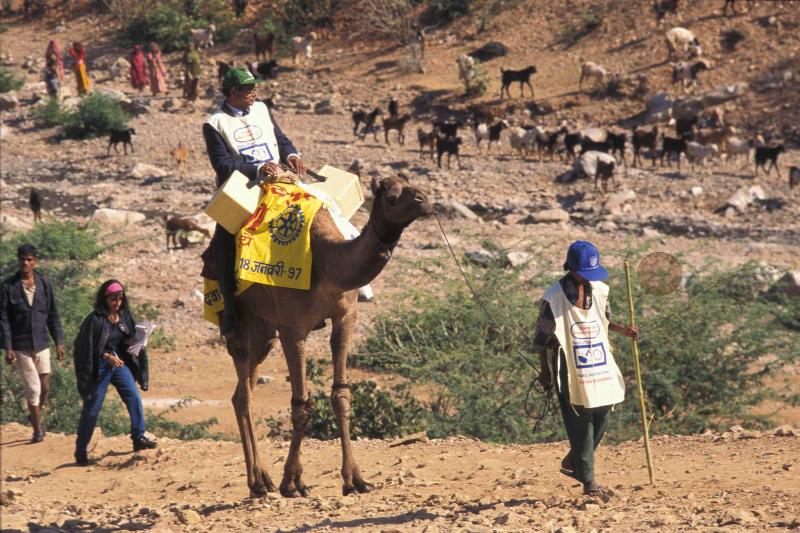
3. Health workers and Rotary volunteers have climbed mountains, crossed deserts, and sailed to remote islands, risking their lives to vaccinate children against this disease. Rotary has funded more than 1,500 motorbikes and 6,700 other vehicles, as well as 17 boats, to make those journeys. Vaccinators have even traveled on the backs of elephants, donkeys, and camels to immunize children in remote areas.
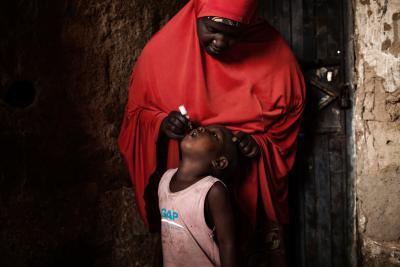
4. In Pakistan, the polio program emphasizes hiring local female vaccinators and monitors. More than 21,000 vaccinators, 83 percent of whom are women, are achieving the highest immunization coverage rates in the country’s history.
5. Thanks to the efforts of Rotary and its partners, more than 16 million people who otherwise might have been paralyzed are walking today. In all, more than 2.5 billion children have been vaccinated since 1988.
Watch World Polio Day on 24 October
Reminder of Zoom Meeting to be held next Wednesday, 6th September at 7.30pm
Dr Luc, the Director of the Mission in Health Care and Development, Democratic Republic of Congo will be speaking about his work in the Congo regarding women, children, and medial aid.
I am sure your guests will find Dr Luc inspirational, and I look forward to you hearing about his work in the DRC. It is a great opportunity to introduce interested people to Rotary and particularly the e-club movement.
if you have any guest who wishes to attend please email me with their email address so that I can send the email with the link to the meeting. – johnroberson@bigpond.com
Australian Rotary Health

Australian Rotary Health has established a new programme that will run alongside Hat Day. Lift the Lid on Mental Illness Celebrating Hat Day – October 10
For more information open this link: https://australianrotaryhealth.org.au/
Australian Rotary Health is one of the largest independent funders of mental health research within Australia.
We also provide funding into a broad range of general health areas, provide scholarships for rural medical and nursing students, as well as Indigenous health students. Australian Rotary Health provides funding into areas of health that do not readily attract funding, and promotes findings to the community.
Australian Rotary Health is a project of the Rotary Districts of Australia and is supported by Rotary Clubs. We have a broad vision to improve the health and well being of all Australians.
Greetings from GeralDlton, Western Australia
Carolyn and I have been here to support Carolyn’s daughter, Katherine after the birth of her daughter last Monday 7th August.
I took the opportunity to attend the Rotary Club of Geraldton meeting held Wednesday 9th. It just happened to be the District Governor’s visit with a well attended meeting. It was good to meet up with DG Lindsay Dry, who I had previously at the RAWCS AGM at Penrith last year.
I also had a talk with PP Di Gilleland from the Geraldton Club, who is Deputy Project Manager of RAWCS Project 5 of 2011-12, Indigenous Education Foundation of Tanzania – Orkeeswa Secondary School (WR-006-2011). This is the project that is now sponsored by our E-Club with Sharon Daishe as project Manager.
The article below is an important message for our work in the world.
Why education changes the world

Isma Seetal, middle left of banner, as a team assistant during District 5320’s Rotary Youth Leadership Awards event.
By Isma Seetal, Rotary Global Grant Scholar
“Education is the best way to change one’s standard of living.”
My mother would repeat this phrase over and over. I was lucky to have been brought up by a hard-working, single, mother, who empowered my brother and me to climb the socio-economic ladder by giving us the best education she possibly could. Other children from broken families like mine did not have the same fortune. My unwavering drive to give back and improve my community led me to join the Rotaract club of Port-Louis, Mauritius in July 2012.

Isma Seetal, right, and Jerry Rekers, a past president of the Newport-Irvine Rotary Club, her host club.
“Driiiing! Driiing!” My alarm rang out on a Saturday morning. My mind and body knew it was the weekend, and ganged up on me so that I had to crawl sluggishly out of bed. But the reason for my early wake-up soon dawned on me. It was the day of Lolo’s follow-up doctor’s appointment.
Lolo is an eight-year-old boy, living in a poverty-stricken area of the island, whom I had met during a health-related Rotaract project. His mother was convinced that he was suffering from cognitive disabilities, which she blamed for his poor grades, and for the fact that he was constantly bullied at school. However, the diagnosis the doctor gave us that day was different from what the mother had thought: hearing impairment. Lolo was not mentally challenged. He just couldn’t hear properly!
Many doctor appointments later, I visited Lolo. My heart filled up as he ran up to my friend and me, sporting the widest smile. Thanks to a hearing device, Lolo could now hear his teachers in class. He had changed from a sullen, withdrawn little boy, to a cheerful child with glowing and hopeful eyes. I discovered a passion: community service. I went on to become a Rotaract board member and then the president of the club in 2013-14.
Through this project and many others, it became increasingly clear to me that the reason there were so many children roaming the streets was much more complex than I had thought. Some are the dropouts of an archaic education system, others are the victims of poverty and abuse, yet others are caught in their parents’ web of drugs and alcoholism.
Back then, during one of the long discussions I had with my husband-to-be about the societal ills which continue to pervade our country, we came to one conclusion: we needed to build our skills and knowledge further to make a difference on an even larger scale. Though I am from a small island of 1.3 million, thanks to a Rotary global grant, I am now studying in California for a doctorate in Educational Leadership, gorging on new knowledge and making the best of the international exposure. I am delving more into educational reforms and the principles of leadership, and I am eager to return to my country to bring about positive changes in education.
I continue to volunteer here for the Newport-Irvine Rotary Club, my hosts. The ties with Rotary are life-long! Long live Rotary!
Last Week’s Zoom Meeting
We had a very productive and enjoyable meeting last Wednesday. We had PDG John Egan speak to us about how to utilise Facebook for our advantage. As a result it was decided to publish our first newsletter . It will be available to all on this website. Thank you to Marilyn for this great effort.
We have also decided to open our Facebook page to the public to promote and share our activities. We will have to manage this so that we display only desirable posts.
We need to each make an effort to invite and attract new members to our Club to make our fellowship more enjoyable and to develop more activities to support our projects and Rotary International.
Please listen to the message from RI President Ian Riseley below:
Membership and New Club Development Month
While membership development is the responsibility of all Rotary members all year long, August has been designated as a month to celebrate Rotary’s greatest asset — you.
Don’t miss out on the many valuable resources that are available for prospective and current members. Using these tools allows clubs to improve their members’ experience so that more prospective members join and more current members stay.
Watch this video of President Ian Riseley speaking about the importance of membership flexibility. Also, clubs can use the Discover Rotary presentation and the prospective member brochure to introduce Rotary to prospects. Clubs that want to promote their unique experience, including events and projects, can customize a club brochure available at the Brand Center. They can edit the content and upload their own photos.
Rotary Basics is a guide to all things Rotary, from how Rotary began to how you can optimize your member experience. It’s now part of the New Member Welcome Kit, and is also sold separately on Shop. The revised Connect for Good guide suggests ways members can get involved in Rotary to make an impact in their community and globally. If you need ideas for giving new members a meaningful experience, look to Introducing New Members to Rotary: An Orientation Guide. These resources are available for free download and are sold on shop.rotary.org.
If you want your club to remain relevant to its members and community, consider taking the Rotary Club Health Check. This exercise helps club leaders discover opportunities for growth. For other ways to evaluate your club, download the Membership Assessment Tools publication. Another guide, Strengthening Your Membership, helps club leaders create a membership development plan.
Also, our Membership page features an array of resources to suit every need, whether you’re working with clubs and districts in your region to attract potential members, or exchanging tips on engagement.
REMINDER of Zoom meeting
Next Wednesday 2nd August 2017 – 7.00pm EST
We will have PDG John Egan speaking to us on how to develop and utilise FaceBook to our advantage and to improve our communications.
Below are some interesting concepts that might apply to our Club. What do you think?
How flexibility has benefited our club

The club held a medical camp 16 July, conducting a variety of tests.
By Suman Satish Sharma, immediate past president of the Rotary Club of Mumbai Dahisar, India
Since our club decided to pursue changes in our meeting frequency and format, we have had many good results. Previously, we had taken a very conservative approach to the number of meetings, and our presidents found it difficult to find good speakers, leaving them little time to pursue meaningful projects.
Following the 2016 Council on Legislation’s actions allowing greater flexibility, we decided to begin holding two regular meetings a month. It is very relaxing and gives us time to plan projects. Board members are even finding it convenient to attend board meetings without feeling over-burdened. For our members who are doctors, advocates, or otherwise busy professionals, it has been a welcome relief and has made our club more attractive to future members.
It has also reduced our budget. We do not have to bear the cost of meetings where few people were turning out anyway, and so we have been able to reduce our dues. This has made the club more attractive and we have added a few members as a result.
If we have a larger project going on, we convert one of our regular meetings into a session to discuss the project. Our busy professionals can streamline their work and have a bigger impact on our club. This initiative was much needed and we appreciate it.
Learn more about the the club flexibility options
This is my first post as Administration Director and I look forward to working in this area.
I have arranged for PDG John Egan to join us and show us how we can use Facebook to our advantage. Our next meeting in August 2nd at 7pm.
I am also in the process of arranging a program for the club meetings and will publish the
list shortly.
I am hoping to apply for a Membership Sustainability Grant from the District for brochures and business cards for members to give to prospective members.
Will keep you up to date.
Marilyn
https://vimeo.com/88505682?ref=fb-share
Rotary Club of Geraldton, and Rotary E-Club of D9700, are raising funds for a BUS for Orkeeswa Secondary School. A bus helps keep girls safe on their long journey to school, and enables them to participate in extra-curricular activities, and after-school programs for sport, study and development. Watch & share Bertha’s beautiful story of how education for girls benefits a whole community.
Thank you to all Attending last week’s Changeover Meeting
I believe that it was a successful evening that we as a Club can build upon. Let us start with the planning this Tuesday, 18th July 2017 at 7.00pm
I cannot attend the meeting scheduled for Wednesday so we will try for Tuesday.
Please try to attend if you can.
Rotary President-elect Sam F. Owori dies
Rotary International President-elect Sam F. Owori died unexpectedly on 13 July due to complications from surgery. Sam was a member of the Rotary Club Kampala, Uganda, for 38 years.
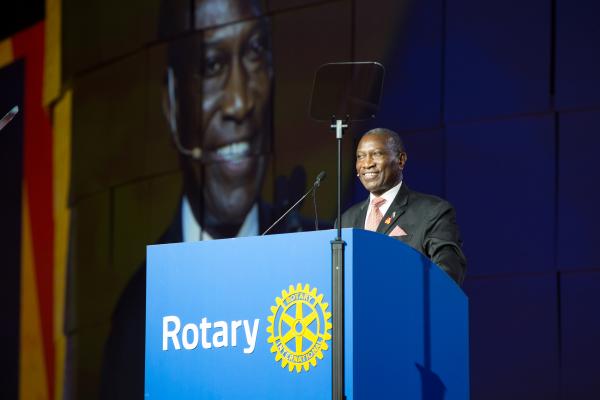
Sam’s term as Rotary’s 108th president would have begun on 1 July 2018.
“Please remember Sam as the outstanding, hard-working Rotarian he was,” said Rotary International President Ian Riseley. “In this difficult time, I ask you to keep his wife, Norah, the Owori family and Sam’s millions of friends around the world in your thoughts.”
Under Sam’s leadership, the number of clubs in Uganda swelled from nine to 89 over the course of 29 years.
Sam saw in Rotary members “an incredible passion to make a difference,” and wanted to “harness that enthusiasm and pride so that every project becomes the engine of peace and prosperity.”
Sam was the chief executive officer of the Institute of Corporate Governance of Uganda, whose mission is to promote excellence in corporate governance principles and practice in the region by 2020. Previously, he was executive director of the African Development Bank and managing director of Uganda Commercial Bank Ltd., and director of Uganda Development Bank. He has also served as corporation secretary of the Central Bank of Uganda.
He served as member and chair of several boards including FAULU (U) Ltd., (now Opportunity Bank), the Uganda Heart Institute, the Centre for African Family Studies, Mulago Hospital Complex, Mukono Theological College, and the Kampala City Council.
Sam also was the currently vice-chair of the Hospice Africa Uganda, and member of the board and chair of the Audit Committee of PACE (Programme for Accessible Health, Communication and Education) in Uganda.
“Sam was a special person in so many ways, and his unexpected death is a huge loss to Rotary, his community and the world,” Riseley said. “In addition, we are establishing details on plans to celebrate his life as they become available.”
Rotary is establishing a memorial fund in Sam’s honor and will provide further details soon.
3 tips for using social media to create a buzz
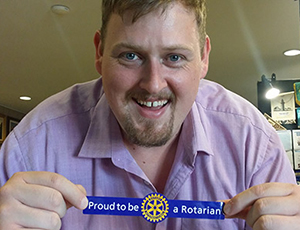
Evan Burrell using social media to create a buzz
By Evan Burrell, Rotary Club of Turramurra, New South Wales, Australia
I’m sure your club puts a lot of effort into planning events like fundraising dinners, charity golf days, car shows, and changeovers ceremonies. You probably focus right down to the smallest detail. So why not put that much effort into promoting your event on social media?
Social media is a powerful tool for gaining exposure. But just like all the other necessary arrangements, getting good results takes a bit of preparation. Here are three tips for developing a social media strategy for your next event.
- Create one unified hashtag for use across all social channels
 By using an event-specific hashtag, you’ll make it easy for people to find not only what you’re sharing, but what other people are saying, too!
By using an event-specific hashtag, you’ll make it easy for people to find not only what you’re sharing, but what other people are saying, too!
Recently, at the 2017 Rotary International Convention in Atlanta, Georgia, USA, the hashtag #Rotary17 allowed attendees to participate in an engaging conversation with fellow attendees and to see what everyone else was up to just by clicking the hashtag.
- Share visual content
A lot of work goes into pulling off a fantastic event. Capture that effort with photos and share it, so people can see how you’re pulling everything together. Posting photos and videos is a great way to generate some buzz and boost engagement.
- Get everyone involved with it
Think about all the people who will be there as part of the event and pull them into the conversation. For example, if you’re running a food and wine festival, include the stallholders and vendors in your posts and get them to post. If it’s a district conference, engage the speakers and sponsors, and even event staff.
Tell attendees to tweet and post about the event using your event-specific hashtag. Every little bit helps when it comes to getting the exposure your event deserves.
The beauty of social media is that it is a conversation, so let’s keep talking about Rotary!
Learn about Rotary International’s social media presence
Greetings all from Germany/Austria.
This week we spent three wonderful and emotional days in and near Linz in Austria visiting Christian and Monica Ehrengruber the parents of Valentin (Vali) who we had the privilege to host as a Rotary Exchange student for three months some years ago. Sadly Vali was lost to us when he drowned 25th August 2012. We visited the Monastery school that Vali and his brothers all attended and it has to be seen to actually appreciate the architecture and its history. We also met their sons, Severin and Fabian.
Christian has become a very active Rotarian in the Youth portfolio since Vali’s visit.
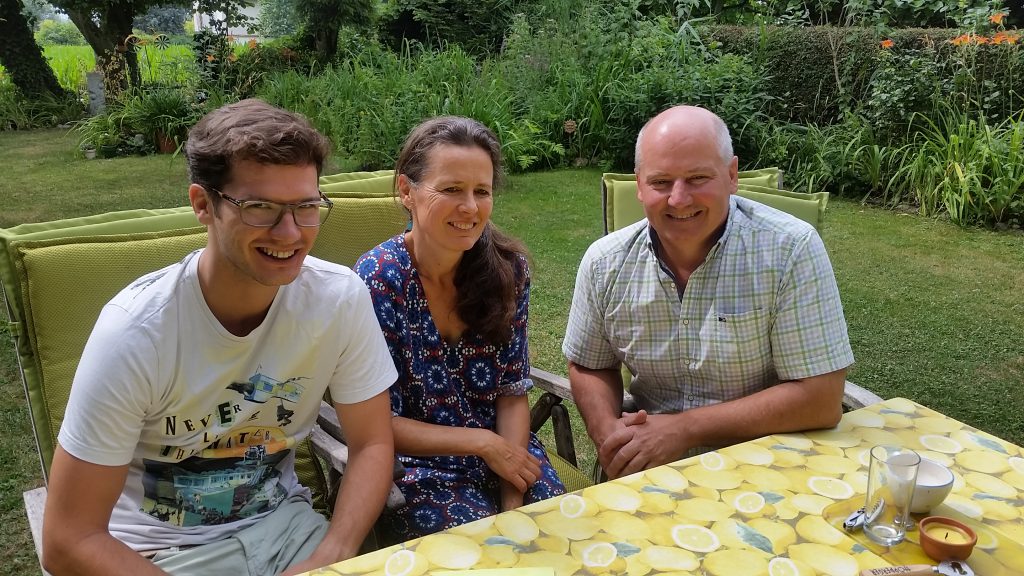
Above – Severin, Monica and Christian Ehrenguber
Meet our new RI President – from Australia

Ian H.S. Riseley
President 2017-18
Rotary Club of Sandringham
Victoria, Australia
Ian H.S. Riseley is a chartered accountant and principal of Ian Riseley and Co., a firm he established in 1976. Prior to starting his own firm, he worked in the audit and management consulting divisions of large accounting firms and corporations. His firm specializes in income tax and management advice for individuals and small businesses. He has a master’s degree in taxation law and graduate diplomas in accounting and income tax.
Riseley has been a member of the boards of both a private and a public school, a member of the Community Advisory Group for the City of Sandringham, and involved in Sea Scouts and sporting groups, as well as honorary auditor or adviser for a number of charitable organizations.
Riseley’s honors include the AusAID Peacebuilder Award from the Australian government in recognition of his work in East Timor, the Medal of the Order of Australia for services to the Australian community, the Distinguished Service Award and the Regional Service Award for a Polio-Free World from The Rotary Foundation.
A Rotarian since 1978, Riseley has served as treasurer, director, Foundation trustee, and member and chair of numerous RI and Foundation committees.
He and his wife, Juliet, a past district governor, are Major Donors and Bequest Society members of The Rotary Foundation. They live on seven hectares at Moorooduc, where they practice their personal philosophy of sustainable and organic living. They have two children and four grandchildren.
Find 2017-18 theme and logo materials
Watch the president’s theme speech
Visit the office of the president to:
- Read the president’s monthly message
- Find presidential theme materials
Learn more about Rotary’s structure
Hi All,
This week our visit to the town of Ceski Krumlov in the Czech Republic was the highlight. It is a town and castle began around 1240 that remains intact and has been declared a UNESCO World Heritage Site.

This is an interesting article.
Understanding the recent polio outbreaks
At least 17 cases were identified in Syria and at least four in Congo. In both countries, health officials are working with the Global Polio Eradication Initiative to respond immediately to the outbreaks with supplementary immunization activities and field investigations.
To prevent the virus from spreading further, investigations and immunizations are also being strengthened in neighboring countries, the World Health Organization said.
Despite the new cases, the push to eradicate polio is stronger than ever, with fewer cases reported so far this year than ever before. It also got a boost last week at the Rotary International Convention in Atlanta, Georgia, USA, where donors pledged $1.2 billion for the effort.
Vaccine-derived cases are rare, and they differ from wild cases. Here’s what you need to know to understand these outbreaks.
Q: What are the two kinds of polio cases?
A: Wild cases of polio are caused by poliovirus that is circulating naturally in the environment.
Vaccine-derived polioviruses are extremely rare and exist under specific circumstances. Oral polio vaccine contains live virus that is weakened so that it will prompt the body’s immune response without causing paralysis. The vaccine is ingested, and the weakened virus replicates in the child’s gut and is then excreted. In areas with poor sanitation, this excreted vaccine virus can spread to other children. This can actually be good because it then immunizes them. When the strain no longer finds susceptible children, it dies out.
The problem occurs in areas of low vaccination coverage. There, such vaccine-derived strains of the virus can continue to circulate as long as they continue to find unvaccinated or otherwise susceptible children. While they continue to circulate, they mutate. Eventually, if they are allowed to circulate long enough — at least 12 months — they can mutate into strains that are strong enough to cause paralysis.
Q: Is the vaccine safe?
A: Yes. The oral polio vaccine has reduced the number of polio cases by 99.9 percent since 1988. The risk posed by wild poliovirus is far greater than the risk of an outbreak caused by circulating vaccine-derived poliovirus. Once wild polioviruses have been eradicated, use of oral vaccine will be stopped.
Q: Are vaccine-derived cases common?
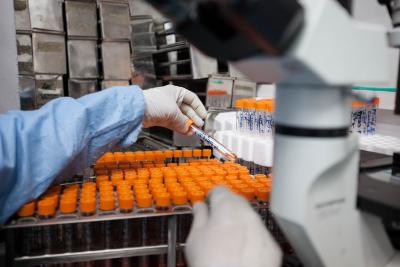
Photo by Miriam Doan
Q: Are wild cases common?
A: Wild poliovirus occurs only in the countries where polio remains endemic: Afghanistan, Nigeria, and Pakistan. Only six cases of polio caused by the wild virus have been reported so far in 2017. That’s the lowest number of polio cases in history, with fewer cases reported in fewer areas of fewer countries than ever before.
Q: How are polio cases detected?
A: Polio surveillance has two parts: Doctors and health workers monitor children for the virus, and authorities test sewage samples from sewer systems or elsewhere, in areas that don’t have adequate sanitation facilities.
The detection of these most recent cases demonstrates that polio surveillance systems are functioning in both countries.
Q: What is the science behind the vaccines?
A: There are two types of vaccine: oral and inactivated-virus. The original oral vaccine protected against types 1, 2, and 3 of the virus.
Type 2 wild poliovirus was eradicated in 1999 so the current vaccine contains only type 1 and type 3. This allows it to provide quicker and better protection against the two remaining types. The inactivated-virus vaccine, administered by injection, contains virus that is dead. Because the virus is dead, the vaccine cannot cause polio outbreaks.
